Big cats, also known as the family Felidae, include some of the most fascinating and well-adapted predators on the planet. Their strength, agility, and hunting prowess are complemented by a particularly iconic feature – their claws. This article will explore how big cats developed their claws and essential evolutionary advantages these adaptations have provided.
The Evolutionary Origins of Big Cats

The evolutionary journey of big cats began millions of years ago. As carnivorous mammals evolved, the need for specialized hunting tools became essential. Approximately 25 to 35 million years ago, the ancestral lineage of modern big cats began to diverge, giving rise to unique traits, including retractable claws.
The Anatomy of a Big Cat’s Claw
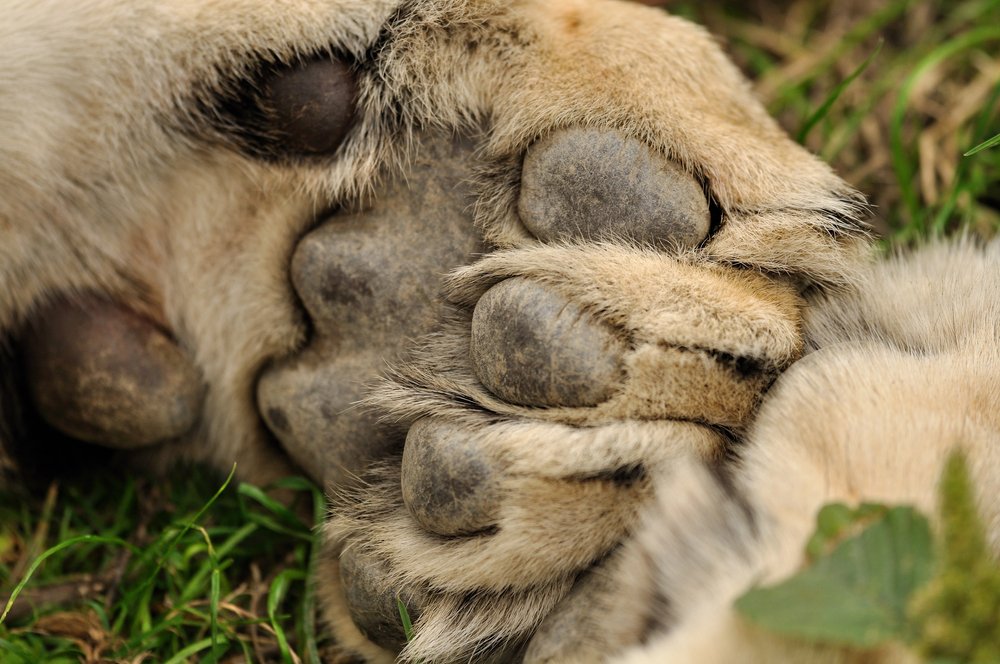
A big cat’s claw is a complex structure composed of keratin, the same protein found in human nails. The claw is sheathed in a protective layer of skin and can be extended or retracted using the flexor and extensor muscles within the paw. This mechanism provides an edge in hunting, marking, and self-defense.
A Key Adaptation
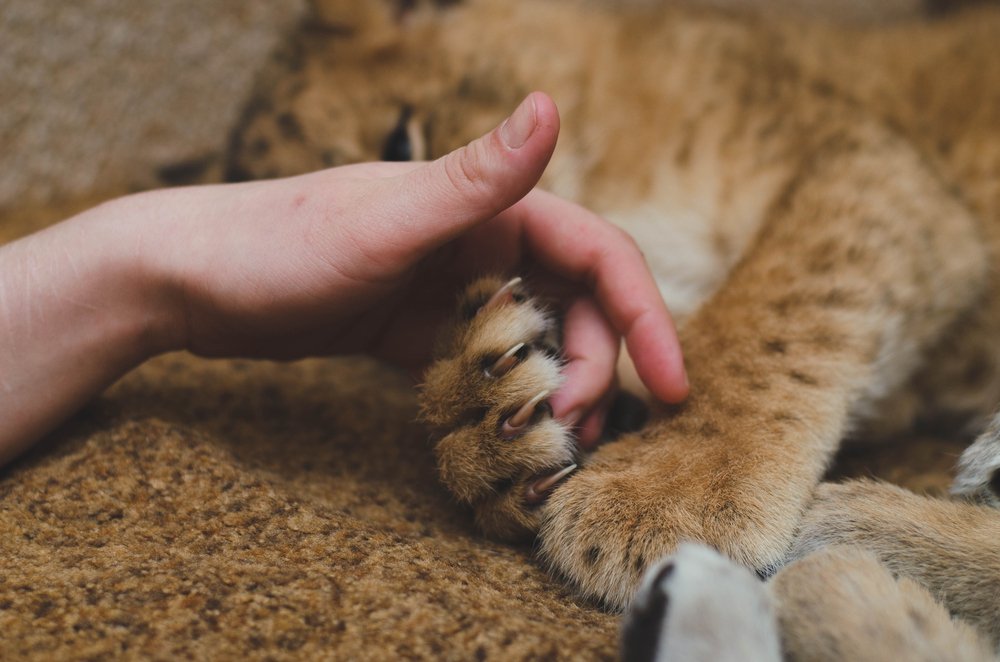
Unlike their canine counterparts, big cats possess retractable claws. This feature prevents wear and tear, ensuring their claws remain sharp for when they are most needed. The retractability of claws is a distinct trait found in most of the Felidae family, highlighting their evolutionary niche as ambush predators.
Claws as Hunting Tools
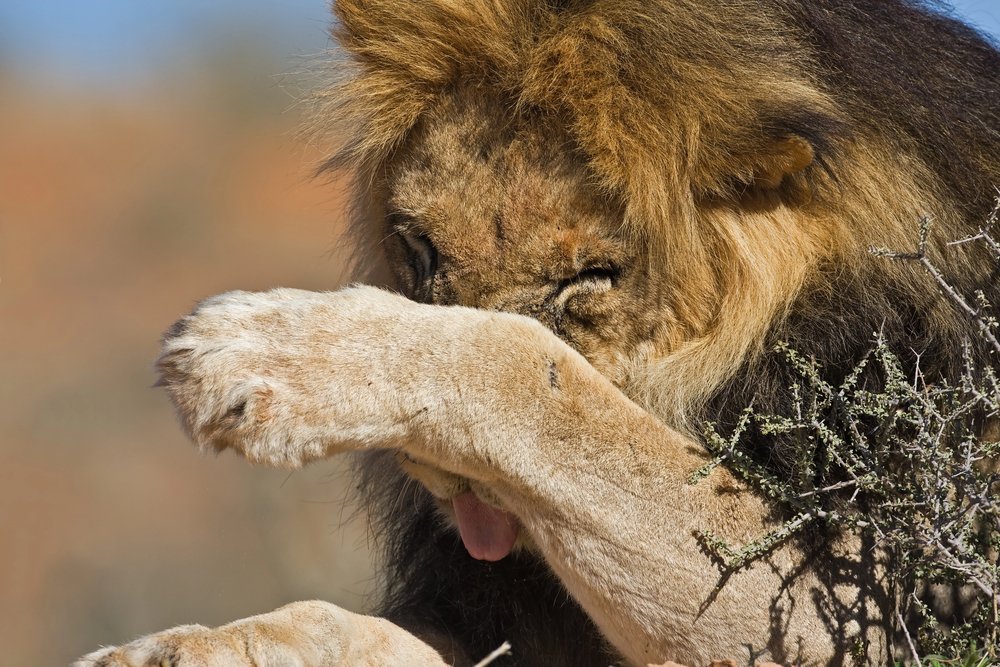
Big cats’ claws are indispensable in securing prey. When stalking and ultimately capturing a target, the claws are extended to provide grip and inflict deadly wounds. They act as powerful anchors, allowing the cat to hold onto struggling prey, while delivering a precise, fatal bite.
The Role of Claws in Climbing and Territory
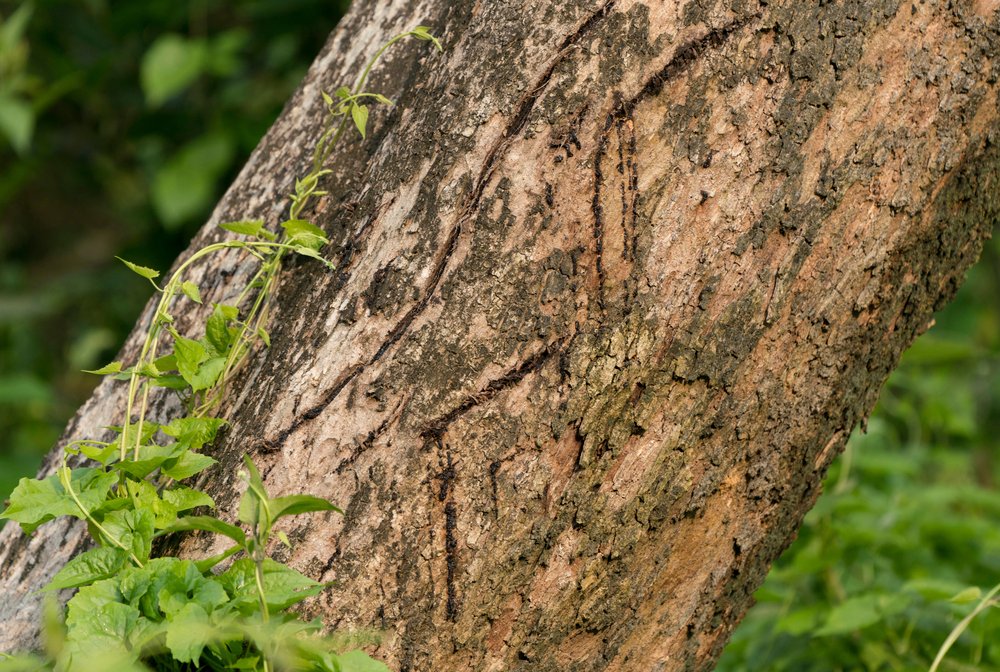
Beyond hunting, claws allow big cats to climb trees, an essential skill for escaping larger predators, surveying their territory, and storing food away from scavengers. This ability is particularly pronounced in species such as leopards and cougars, which often rely on elevation advantages.
Claws and Intra-Species Communication
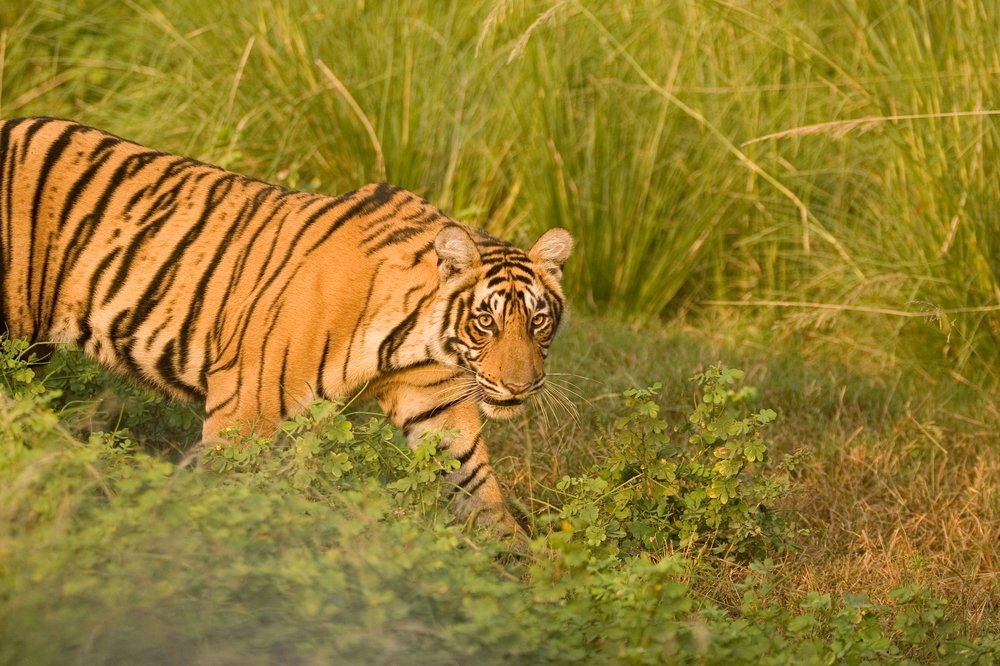
Territorial marking is another critical function of a big cat’s claw. They use their claws to scratch trees and the ground, leaving both a visual marker and scent signature, thanks to glands in their paws. This dual marking system helps establish territorial boundaries and communicate readiness to mate.
Comparative Claw Structures in Felidae
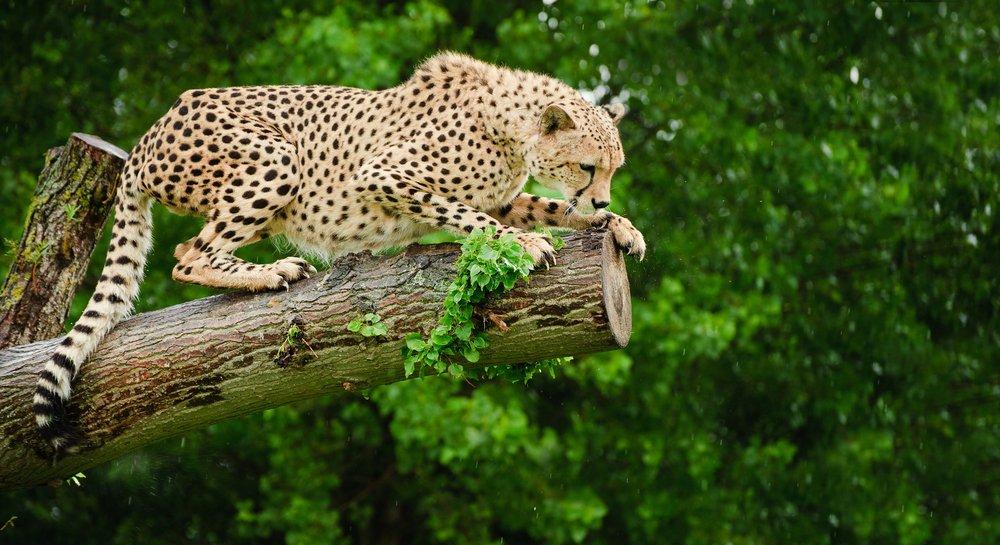
Within the Felidae family, there is significant variation in claw size and shape, reflecting different ecological roles and environments. For instance, cheetahs, known for their speed, have semi-retractable claws that act like cleats, providing traction rather than the extended weapons seen in other big cats.
Impact of Environment on Claw Development
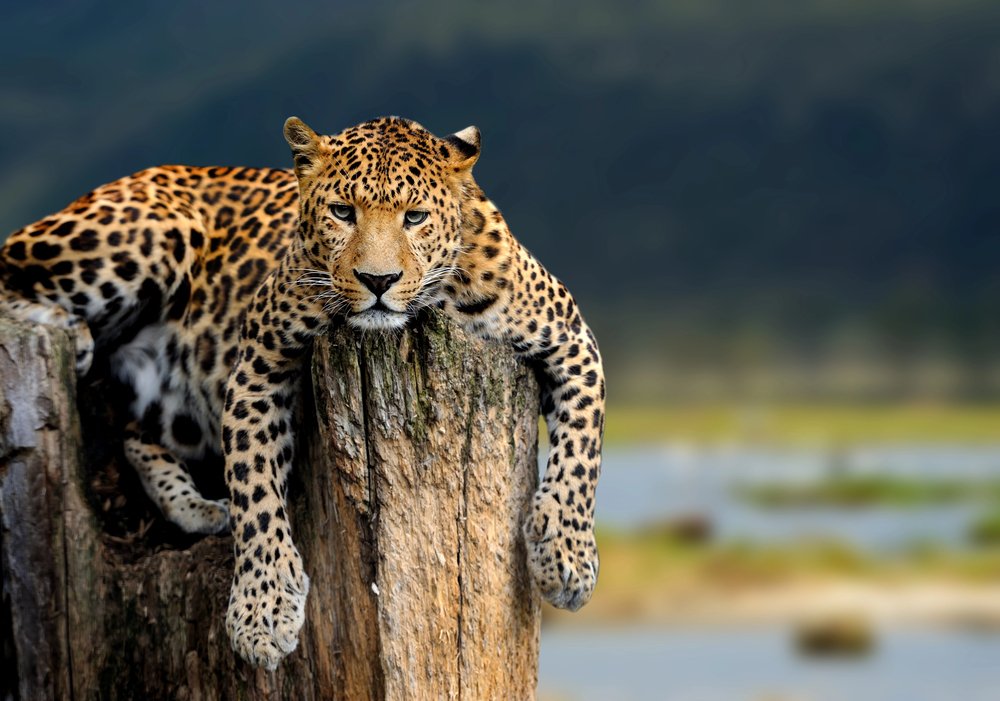
The differing environments have significantly influenced the development and specialization of claws in big cats. Forest-dwelling species like the clouded leopard have longer, more curved claws for tree climbing, whereas savannah or desert species tend to have shorter and straighter claws adapted for running.
Claws in Captivity and Conservation

In captivity, claws can present challenges both for the animals and their caretakers. Regular nail trimming may be necessary to prevent overgrown claws, which can lead to injury. From a conservation perspective, understanding the ecological role of claws helps protect habitats that support the natural behavior of these magnificent creatures.
The Future of Big Cats and Their Claws
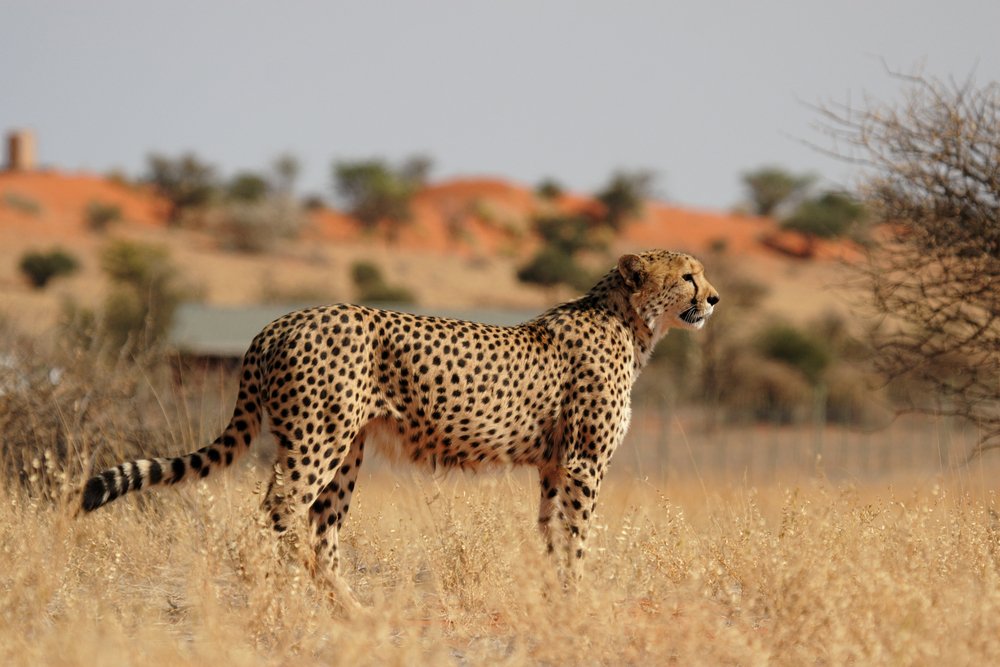
As habitat loss and climate change threaten the future of big cats, understanding their physical adaptations provides crucial insights for conservation efforts. Ensuring these species can continue to use their evolved tools, like claws, is essential for their survival. Supporting big cat populations means protecting not just the animals, but the entire ecosystems they govern.
Conclusion
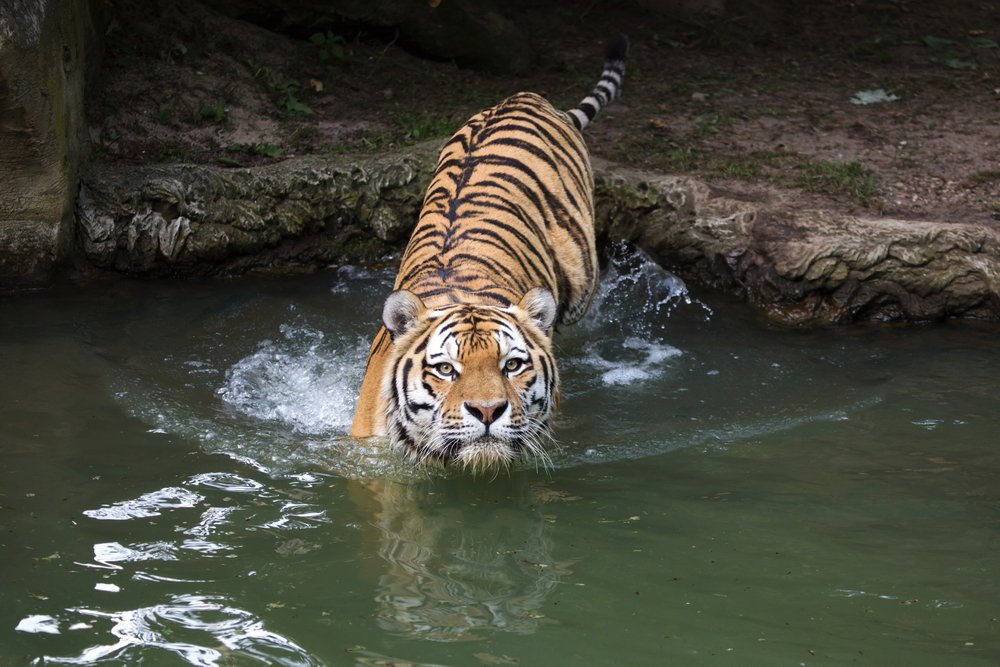
The evolution of big cats’ claws is a testament to nature’s ability to sculpt organisms perfectly suited to their ecological niches. From hunting and climbing to communication and territory marking, these iconic claws offer far more than meets the eye. Their continued existence underscores the importance of preserving not just the species but the delicate balance of the natural world they call home.

Suhail Ahmed is a passionate digital professional and nature enthusiast with over 8 years of experience in content strategy, SEO, web development, and digital operations. Alongside his freelance journey, Suhail actively contributes to nature and wildlife platforms like Feline Fam, where he channels his curiosity for the Feline into engaging, educational storytelling.
With a strong background in managing digital ecosystems — from ecommerce stores and WordPress websites to social media and automation — Suhail merges technical precision with creative insight. His content reflects a rare balance: SEO-friendly yet deeply human, data-informed yet emotionally resonant.
Driven by a love for discovery and storytelling, Suhail believes in using digital platforms to amplify causes that matter — especially those protecting Earth’s biodiversity and inspiring sustainable living. Whether he’s managing online projects or crafting wildlife content, his goal remains the same: to inform, inspire, and leave a positive digital footprint.






